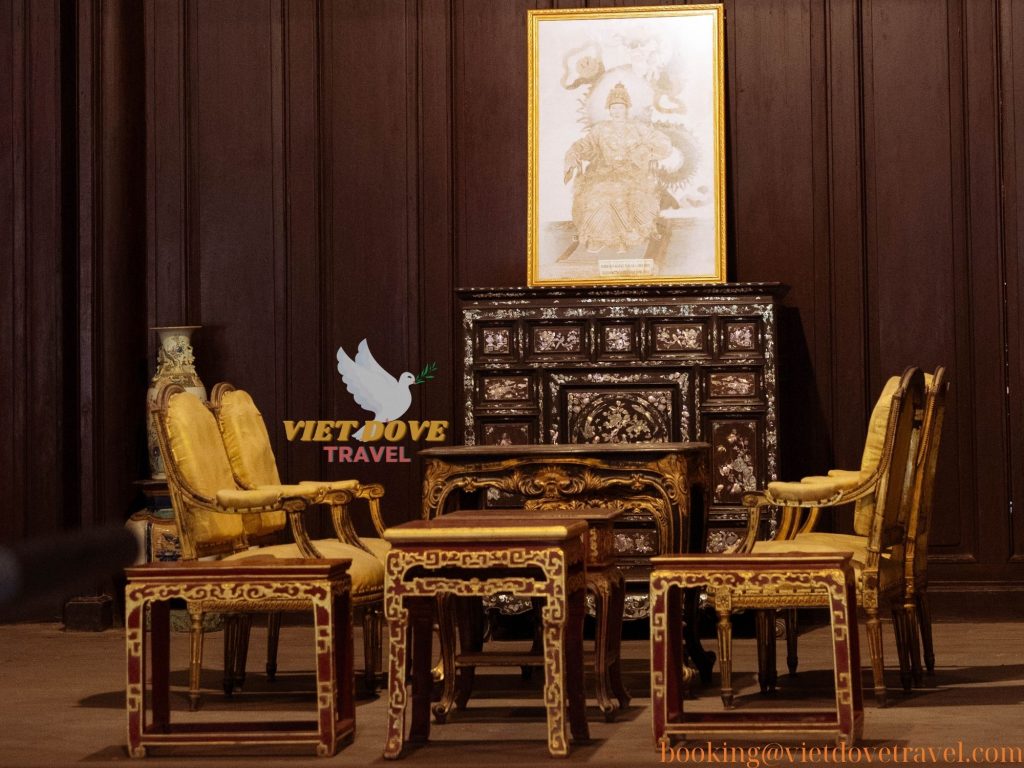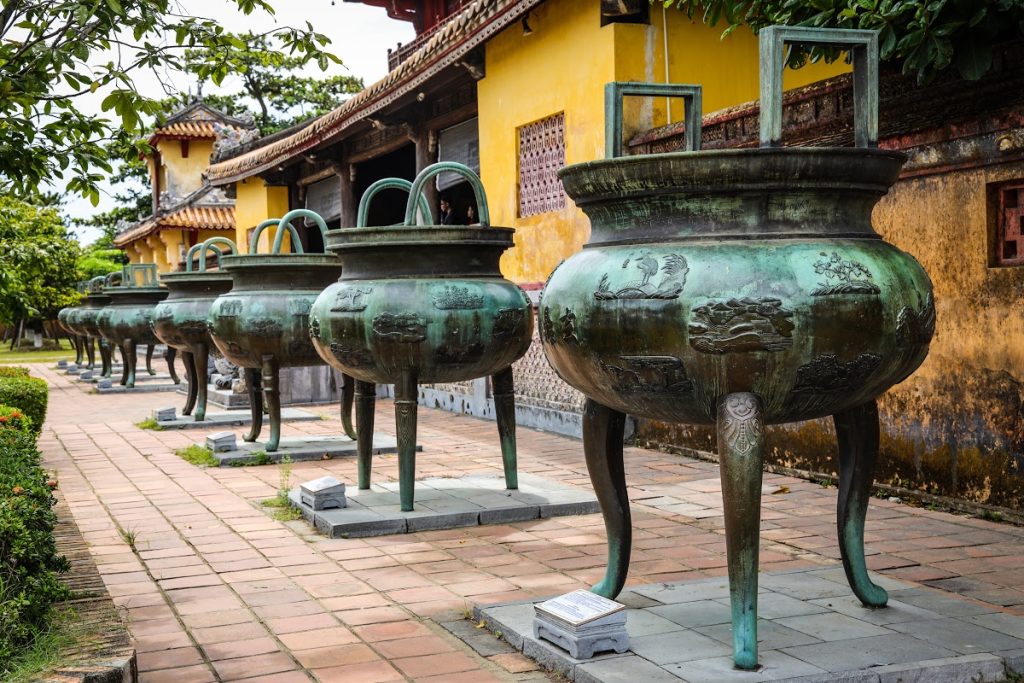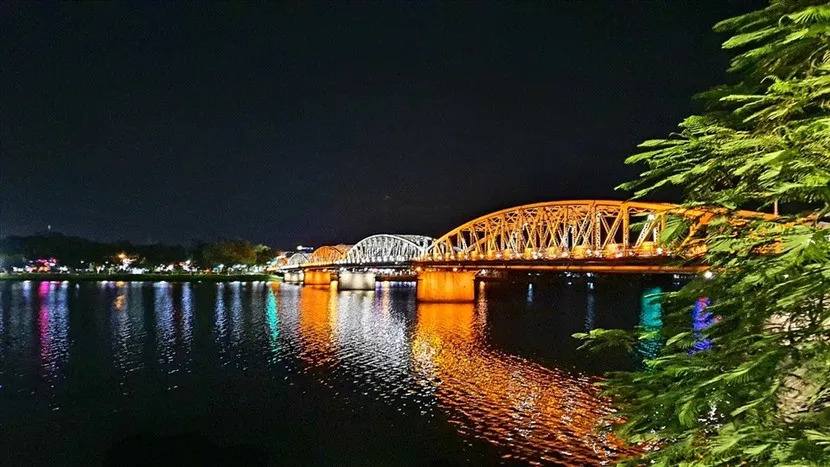Hue Imperial City, a UNESCO World Heritage Site, is a treasure trove of history and culture in Vietnam. As the former capital of the Nguyen Dynasty, this sprawling complex in Hue is filled with ancient palaces, temples, and gates that tell the story of Vietnam’s royal past. Whether you’re a history buff, a culture enthusiast, or simply a curious traveler, the Hue Imperial City offers an unforgettable journey. In this guide, we’ll explore what to see in Hue Imperial City: top attractions and landmarks to ensure you experience its magic.
Why Visit Hue Imperial City?
Nestled along the Perfume River, the Hue Imperial City is a window into Vietnam’s imperial history. Enclosed within the massive Citadel, the Imperial City was once the political and cultural heart of the Nguyen Dynasty (1802–1945). Despite damage from wars, many structures remain intact, offering a blend of grandeur and serenity. From intricate architecture to sacred temples, the top attractions and landmarks here are perfect for a day of exploration.
1. The Ngo Mon Gate
The Ngo Mon Gate is the grand entrance to the Hue Imperial City and one of its most iconic landmarks. This majestic gate, with its vibrant yellow tiles and intricate designs, was reserved for the emperor’s use. Visitors can climb to the top of the gate for a panoramic view of the Citadel and the surrounding area. The gate’s architecture reflects the Nguyen Dynasty’s elegance and power, making it a must-visit.

Take time to admire the lotus pond in front of the gate and learn about its historical significance as the ceremonial entrance.
2. Thai Hoa Palace
The Thai Hoa Palace, or Palace of Supreme Harmony, is the heart of the Imperial City. This was where emperors held court and conducted official ceremonies. The palace’s red-and-gold interior, ornate columns, and detailed ceiling murals are a testament to royal opulence. As you walk through, imagine the grand events that once took place here.

The palace is a highlight for those seeking to understand the Nguyen Dynasty’s legacy, making it one of the top attractions in Hue Imperial City.
3. The Forbidden Purple City
Within the Imperial City lies the Forbidden Purple City, a private enclave reserved for the emperor and his family. Though much of it was damaged during the Vietnam War, the restored sections, such as the Dien Tho Palace and Truong Sanh Palace, offer a glimpse into royal life. The lush gardens and quiet courtyards provide a serene contrast to the bustling outer areas.
Exploring this area feels like stepping back in time, with remnants of royal residences and stories of intrigue. It’s a must-see for anyone wondering what to see in Hue Imperial City.
4. The Nine Dynastic Urns
The Nine Dynastic Urns, located in front of the Hien Lam Pavilion, are a symbol of the Nguyen Dynasty’s power and legacy. These massive bronze urns, each dedicated to a Nguyen emperor, are intricately decorated with motifs of nature, mythology, and history. They represent one of the most unique landmarks in Hue Imperial City.

Take your time to examine the carvings, which tell stories of Vietnam’s landscapes and culture.
5. Truong Tien Bridge
While not inside the Imperial City, the Truong Tien Bridge is a nearby landmark that complements your visit. Connecting the Citadel to the southern bank of the Perfume River, this historic bridge is especially beautiful at night when it’s lit up. A short walk from the Imperial City, it offers stunning views and a chance to experience Hue’s modern charm alongside its historical roots.

6. Temples and Pavilions
The Hue Imperial City is home to several temples and pavilions that add to its spiritual allure. The Hien Lam Pavilion, near the Nine Dynastic Urns, is a serene spot dedicated to honoring the Nguyen emperors. The To Mieu Temple, another gem, houses altars for the dynasty’s rulers. These sacred spaces offer a peaceful retreat and a chance to reflect on Hue’s imperial legacy.
Visiting these sites provides a deeper understanding of the cultural and spiritual significance of the Imperial City.
Tips for Visiting Hue Imperial City
- Best Time to Visit: Early morning or late afternoon to avoid crowds and heat. The complex is open from 7 AM to 5:30 PM.
- Dress Respectfully: Wear modest clothing, as the Imperial City is a cultural and historical site.
- Hire a Guide: A local guide can provide fascinating insights into the history and stories behind each landmark.
- Bring Water and Sun Protection: Hue can be hot, so stay hydrated and wear sunscreen or a hat.
- Entry Fee: Tickets cost around 150,000 VND (approximately $6 USD) for adults, with discounts for students.
Conclusion
The Hue Imperial City is a captivating destination that blends history, culture, and architectural beauty. From the grand Ngo Mon Gate to the serene Forbidden Purple City, the top attractions and landmarks offer something for every traveler. Whether you’re marveling at the Thai Hoa Palace, admiring the Nine Dynastic Urns, or strolling across the Truong Tien Bridge, Hue’s imperial legacy will leave you in awe. Plan your visit to discover what to see in Hue Imperial City and create memories that last a lifetime.
If you’re continuing your journey through Central Vietnam, don’t miss the charm of Hội An after sunset. The Best Hoi An night tour with boat ride offers a magical way to experience the town’s lantern-lit streets, riverside scenes, and delicious night market treats. It’s the perfect complement to the historical wonders of Huế—blending culture, romance, and local flavors in one unforgettable evening.